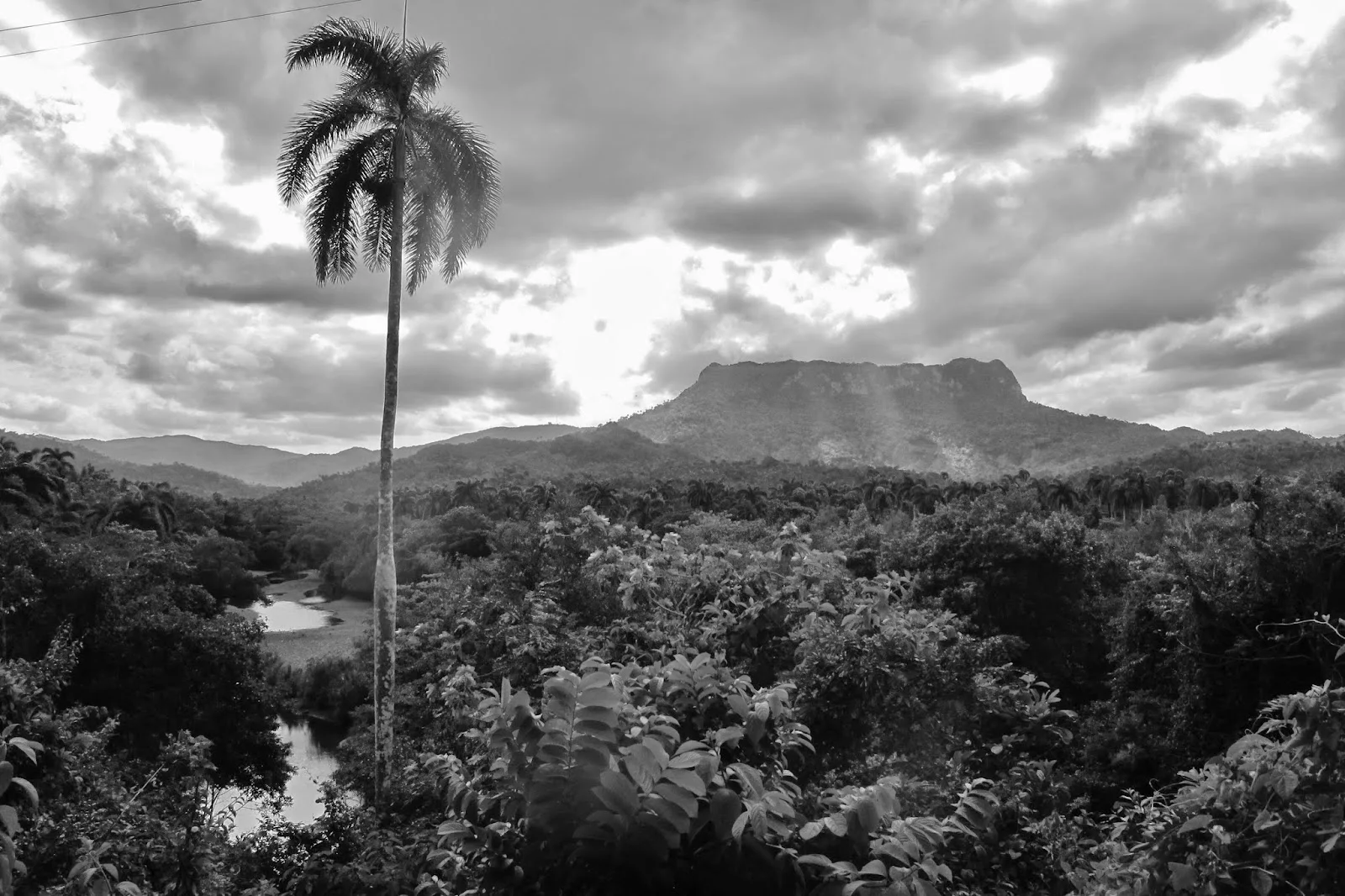Fit for a God: A Brief History of the El Yunque National Forest
A representation of the Taino deity Yúcahu, a guardian of the Taino that was said to reign from his throne on the El Yunque peak.
Since the time human beings first populated the idyllic island of Puerto Rico, what we now call the El Yunque National Forest has been many things to many people; from the seat of a Taino God to the seat of a valuable reconnaissance tool during the second world war, as the significances of this mountain and its surrounding forest have changed, its mysteries only deepen, and its natural beauty remains forever timeless.
The indigenous Taino were the first humans to find themselves on the island, and El Yunque loomed large in both their mythology, and their day-to-day existences. There are differing opinions as to where the El Yunque (a peak in the middle of the rainforest) actually gets its name. The Taino are said to have referred to the peak as Yuke, which means “white lands” owing to the thick clouds of fog that encircle the peak. Others attribute its present-day name to the significant deity Yúcahu, who represented everything from agriculture, peace, tranquility, and fertility to the notion of “goodness” itself.” Like the Olympian gods of ancient Greece, he resided on a mountain, and that mountain was El Yunque, where it was said he did battle with the god of chaos and disorder, Guabancex, breaking up his harmful hurricanes and storms for the benefit of the Taino. Eventually of course, Yúcahu could do little for the Taino once the Spanish emerged from their galleons, although his mountain throne did offer a refuge for people and cultural items alike.
President Theodore Roosevelt was the first standing U.S. president to visit Puerto Rico (pictured above), and his conservation efforts are a part of his time-honored legacy. Incidentally, his eldest son Theodore Roosevelt Jr. would be installed as Puerto Rico's governor in 1929.
Time passed of course, and while its silhouette shaded the Puerto Rican landscape, very little happened within the rainforest itself. In 1876 however, Spanish King Alfonso XII decreed that the peak and its surrounding forests be designated a “crown reserve,” making it one of the earliest nature reserves in the Western world. The Spanish-American war came some two decades after, and as a result Spain ceded the island of Puerto Rico to the United States. President and preeminent conservationist Theodore Roosevelt was quick to establish the site as a national forest, naming it the “Luquillo Forest Reserve,” which was amended to the “Luquillo National Forest” a few years later. With the help of personal donations, several land grants, and the acquisition of privately-owned parcels, the forest expanded dramatically in the years to come, and by 1935 it spanned more than 20,000 acres. Appropriate to its new significance within the United States forest system, it was simply dubbed, “The Caribbean National Forest.”
The "tres C's" paving roads in the foothills and forests of what's now the El Yunque National Forest.
When Black Tuesday came, and the Great Depression followed soon after, Puerto Rico was sadly unable to escape the fate of the rest of the United States. In the grip of an unprecedented national depression, President Franklin Roosevelt’s new deal programs got a swath of the population back on their own two feet. Luckily, the El Yunque National Forest was ripe for a transformation courtesy of the Civilian Conservation Corps (CCC). The affectionately-known “tres C’s” went to work clearing the forest in order to build roads and facilities that would allow the general populace to become acquainted with the ancient rainforest. Only able to go to work with the tools they could carry on their backs, the Puerto Rican branch of the CCC was able to build a number of passages and structures that are still in use today, a testament to their industriousness, ingenuity, and craftsmanship.
Come WWII, the misty forest peak would prove useful to President Roosevelt again. The El Yunque peak served perfectly as a radar site in the Caribbean, giving early warning against German submarines and aircraft. Since then, the then-Caribbean National Forest again faded into the background of Puerto Rican life, although at least it could visited by the island’s residents. In 2007, President George W. Bush signed an executive order renaming the national forest the “El Yunque National Forest,” paying homage to Puerto Rican’s original people. El Yunque now stands as a proud symbol of Puerto Rico’s long and varied history, and of Puerto Rico herself.




